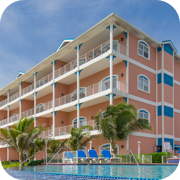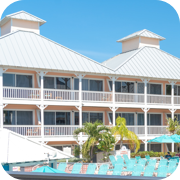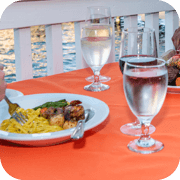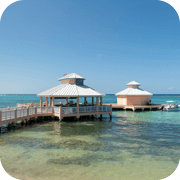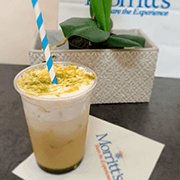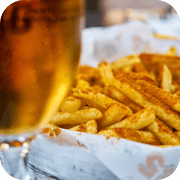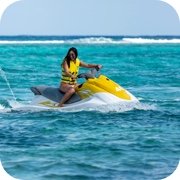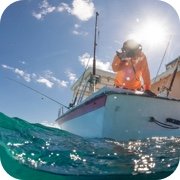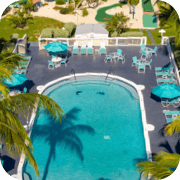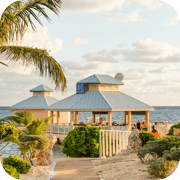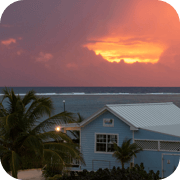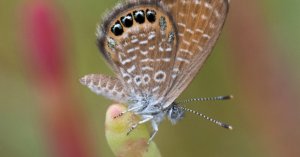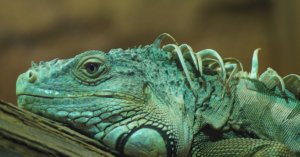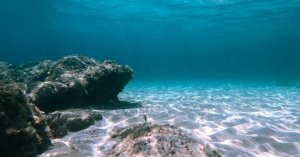10 Aquatic Animals You’ll Encounter in Grand Cayman
September 22
Written By Morritt's

10 Aquatic Animals You’ll Encounter in Grand Cayman
Grand Cayman is world-famous for its crystal-clear waters and spectacular coral reefs. Visitors can expect to come nose-to-nose with some of the most colourful and exotic underwater creatures.
If you’re a marine lover and are planning a trip to Grand Cayman any time soon, you should definitely keep an eye out for these top ten beauties on your next trip.
1. Nurse sharks
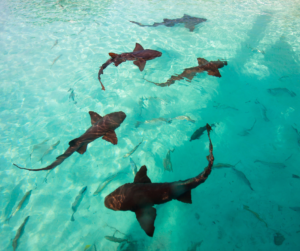
Nurse sharks are one of the most common sharks that you will see while diving in Grand Cayman. These docile creatures are not at all aggressive and can often be seen swimming close to the reefs in search of tasty shrimp, snails, or crabs.
2. Stingrays
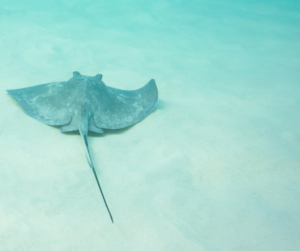
Next up is a close relative of the shark – the ever-majestic stingray. These graceful animals are spectacular to watch, gliding through the water with true style. Eagle rays make their home in our waters, but the species most seen by swimmers and snorkelers is the Southern Ray. They are often seen close to the shore, so keep an eye out for them. And of course, for a guaranteed stingray encounter, be sure to visit Stingray City!
3. Sea turtles
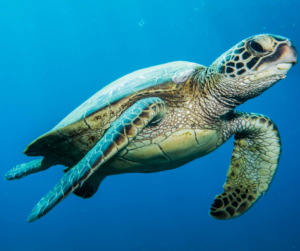
Sea turtles are a must-see while diving in Grand Cayman. These magnificent creatures often congregate near the reefs, so be sure to keep an eye out for them. You can also find them hanging out in the waters at Spotts Beach. And if you’re looking for a more educational experience that is fun for kids and parents alike, we highly recommend the Cayman Turtle Centre.
4. Parrot Fish
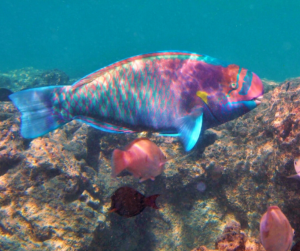
Take one look at a parrot fish and you can easily see where it gets its name! These are sure to be some of the most colourful fish you will ever encounter. Here’s a fun fact – their bird-like beak helps them scrape and eat dead coral, which is later digested and eventually excreted as sand. Gross, but pretty cool! You can find these rainbow fish at just about any dive site and coral reef.
5. Octopus
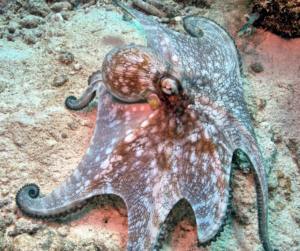
🐙 The Caribbean reef octopus is a highly intelligent animal and a fantastic hunter. You will rarely see these creatures out in the daytime, since they prefer to hunt in coral reefs by night. Keep your eyes peeled, as these masters of disguise will change colour and even texture to camouflage against their surroundings.
6. Tarpon
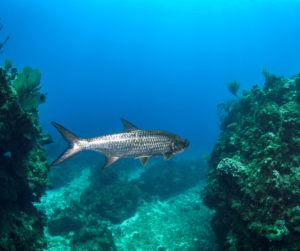
With their huge mouths and 8-foot long silvery bodies, we wouldn’t blame you for feeling a little intimidated around a tarpon. They look scary, but unless you are a smaller fish, you have nothing to worry about. Tarpon are creatures of habit and are known for hanging out in their favourite spots, like Tarpon Alley…or at Mimi’s Dock Bar!
7. French Angel Fish
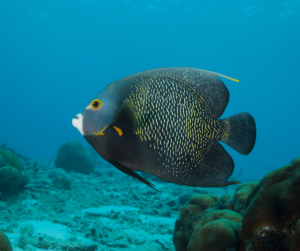
It’s not hard to spot these dapper looking fish on the reef. With their unique shape and bright yellow speckles, these angel fish are known to be curious towards divers. They also form monogamous pairs at a young age, and will spend the rest of their lives travelling and hunting with their partner.
8. Grouper
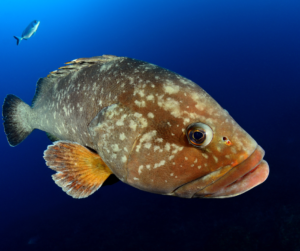
Grouper are fascinating migratory animals. They are usually solitary creatures, but during winter full moons they will travel together – often hundreds of miles – to their spawning site. Unfortunately, the number of spawning sites have been dwindling due to overfishing. While you are much more likely to spot a grouper in Little Cayman, which is where the last spawning site remains in the Cayman Islands, if you’re lucky, you might also be able to spot one on a dive in East End.
9. Lionfish
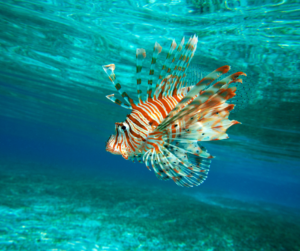
The pesky lionfish is an invasive species, but beautiful to behold. You may admire their brilliant stripes and flowing fins, but do so from afar, since their spines are venomous. Originally native to Pacific and Indian oceans, the lionfish spread to Floridian and Caribbean waters. Because they are not native to this region, they have very few predators and voraciously feed on young fish. A single lionfish can deplete native marine creatures in its range by up to 90% within just 5 weeks. Many governments have implemented culling programmes in an attempt to keep the lionfish population at bay.
10. Green Moray Eel
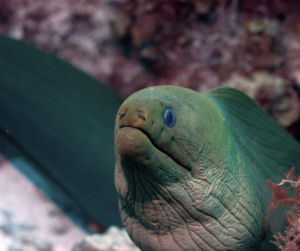
The green moray eel is another rather intimidating looking animal, due to its large size, intense stare and sharp teeth. However they are generally non-aggressive, so long as they are carefully approached. They are not choosy about where they call home, and can be found resting in bays, mangroves, and of course coral reefs. Green morays are nocturnal, so if you’re searching for one in the daytime, you may need to check in holes or crevices where it likes to hide until nighttime.

